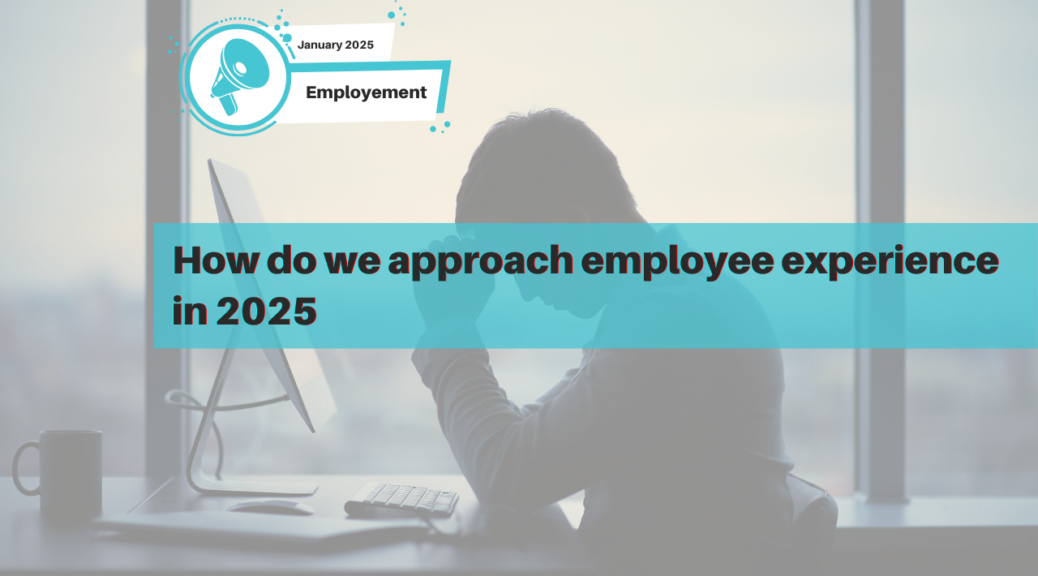
How do we approach employee experience in 2025
The standardization of teleworking in certain sectors, particularly business services, has shaken up the organizational culture of many companies. In this new culture, some employees can easily feel isolated and gradually lose motivation. In some cases, the bond with the team and the organization can wither away. But you can do something about it. Here are 5 tried-and-tested ways you can help.
1. Be a good listener
Still too few companies in Quebec have implemented a formal employee experience program that includes a structured engagement survey and point-in-time measurements to measure the evolution of the experience over time. The engagement survey is the cornerstone of such a system, as it provides an overview of the employee experience and identifies the key drivers of engagement.
Set yourself the target of carrying out at least one detailed employee experience measurement per year, even if you have to supplement this with a few short follow-ups if needed. Team meetings are also a good way of keeping in touch. Finally, to avoid frustration, think twice before including in your consultations elements for which you are certain there can be no change.
2. Give feedback
Let’s face it, employees are often skeptical about a company’s willingness to implement changes inspired by an engagement survey. Many employees feel more often listened to than heard. In this context, it’s best not to waste any time and tell things as they stand. Take the time to communicate with your employees (including managers) to present the main results of the consultation, indicating which changes will be implemented in the short and medium term, and which ones may take longer. Don’t forget to celebrate your successes! There are surely many aspects of the employee experience that are perceived as strengths.
3. Take targeted action
The engagement survey will have informed you about the main engagement levers and their respective performance. But the real work begins once you’ve analyzed the results. Focus your action plan on the aspects of the experience that matter most to your employees. These aspects generally fall into two broad categories: organizational and managerial.
For organizational aspects, invite employees who show an interest in participating in the experience improvement process to join a working committee. For managerial aspects, make sure that managers are well supported in their efforts to improve the employee experience. Bring together managers with similar issues to work together on concrete solutions.
4. Proceed on a small scale
If you feel that certain changes are of considerable magnitude and carry significant financial risks, you don’t have to implement them across the whole organization at once. First, test the changes in one department or team, then make the necessary observations. If it’s a success across the board, you’ll feel confident about implementing it on a larger scale. If adjustments are required, you can make them before the big roll-out.
5. Measure your progress
Once certain changes have been implemented within the organization, it’s vital to go ask for feedback to measure their impact on employee experience and engagement. That’s when you can see the fruits of your efforts. But beware, the needle doesn’t always move at the pace you’d hoped. You sometimes will have to be patient. By measuring conscientiously, you’ll know exactly what you’re doing. And you’ll have a full picture of employee reactions to the changes you’ve implemented, thus allowing you to better support them.